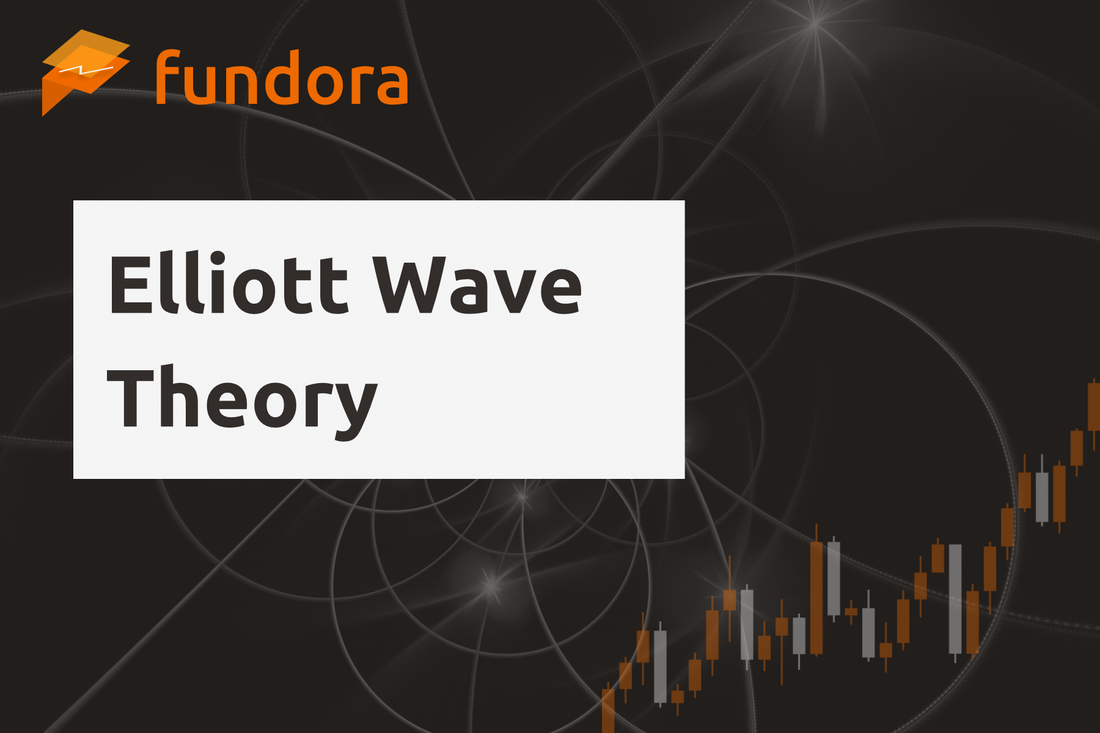
Elliott Wave Theory
Share
Elliott Wave Theory
Table of Contents
1. Overview
The Elliott Wave Theory, proposed in the 1930s by American accountant and trader Ralph Nelson Elliott, suggests that financial market price movements follow repetitive wave-like patterns. It views market action as cycles that recur in identifiable wave sequences, which can be used to forecast future market trends.
This theory is widely applied in stock, forex, and commodity markets, serving as a key tool for traders to spot potential turning points in price trends.
2. Basic Structure of Elliott Waves
According to the theory, price movement is composed of two main types of waves: “Impulse Waves” and “Corrective Waves.”
- Impulse Waves
Impulse waves move in the direction of the main trend and typically consist of 5 waves. In an uptrend, these are upward movements; in a downtrend, downward movements. Waves 1, 3, and 5 move with the trend, while Waves 2 and 4 are counter-trend corrections. - Corrective Waves
Corrective waves move against the preceding impulse and generally consist of 3 waves. They occur as downward corrections during an uptrend or upward retracements during a downtrend. Labeled A, B, and C, Waves A and C move against the main trend, while Wave B retraces in the direction of the prior impulse.
Repeating sequences of impulse and corrective waves form the market’s overall wave structure.
3. Wave Degrees and Fractality
A unique aspect of Elliott Waves is their fractal nature: each large wave contains smaller waves that mirror the same structure.
- Five-Wave Structure Within Larger Waves
For example, a large impulse wave in a long-term uptrend contains its own five smaller waves. This structure is visible across different timeframes, from daily charts to intraday charts. - Smaller Waves Within Corrections
Similarly, corrective waves break down into smaller sub-waves that repeat the same pattern on different timeframes. This fractality makes the Elliott Wave Theory a flexible and powerful analytical tool.
4. Elliott Wave Rules and Guidelines
Several key rules and guidelines help traders correctly identify waves:
- Wave 1 marks the initial move of a new trend.
- Wave 3 is usually the strongest and longest wave, signaling a confirmed and accelerating trend.
- Waves 2 and 4 Corrections retrace part of the prior impulse wave. For example, Wave 2 often retraces about 61.8% of Wave 1.
5. How to Apply Elliott Waves
- Identifying Trends
Recognizing the five impulse and three corrective waves helps traders determine the market’s position and forecast turning points. - Setting Targets
Wave relationships can be used to estimate price targets, such as projecting the end of Wave C or anticipating the next move after Wave 3. - Risk Management
Wave counts help in deciding where to enter and place stop-loss orders. For example, entering after Wave 4 in anticipation of Wave 5 can be effective.
6. Cautions When Using Elliott Waves
- Difficulty in Confirmation
Complex market action can make wave identification challenging, especially in sideways or low-volatility conditions. - Importance of Combining Indicators
Using Elliott Waves alone is risky. They work best when combined with other technical tools like RSI, MACD, and support/resistance analysis.
7. Summary
The Elliott Wave Theory assumes market prices follow repeating patterns, making it highly effective for spotting trend reversals. Accurate identification of wave structures and timing can improve trading results, but it should be paired with other indicators and market context for best results.
Building experience is key to applying Elliott Waves effectively in real trading.
8. Frequently Asked Questions
Q1. In simple terms, what is Elliott Wave Theory?
A1. It’s an analytical framework stating that market price movements are not random but formed by recurring sequences of five impulse waves and three corrective waves, which can be used to forecast direction and turning points.
Q2. Which wave is the most important in Elliott Wave Theory?
A2. Wave 3 is generally considered the most significant, as it’s usually the strongest and longest, confirming the main trend’s strength.
Q3. Is Elliott Wave analysis difficult?
A3. Yes. Wave identification is subjective and can be challenging, especially for beginners. It requires experience and is best combined with other technical indicators to improve accuracy.